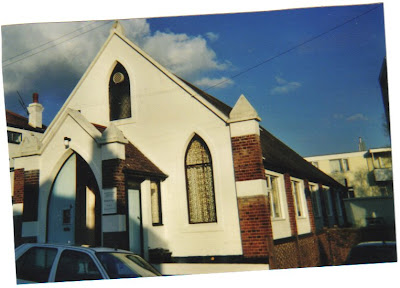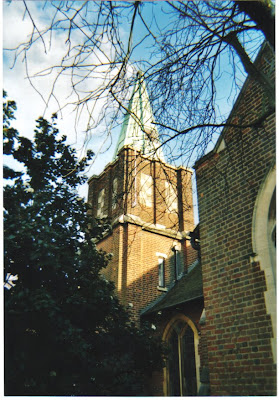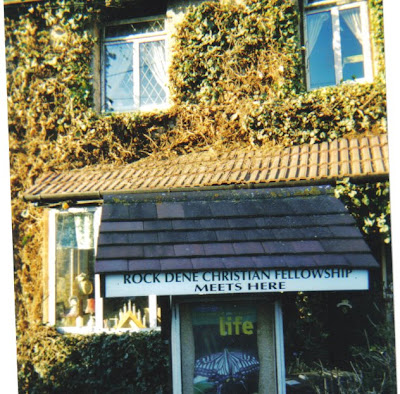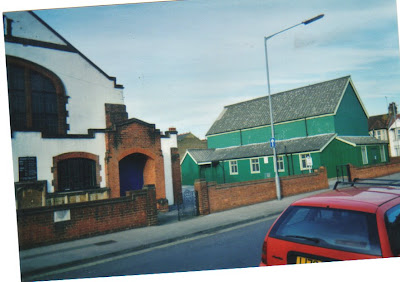
1932a. Southend and Leigh Bridge Club preserve Redcliff Drive Strict Baptist Church opened in 1932 to seat 150 people. This reasonably respectable card-game of Russian origin also takes place within coursed ragstones of the Southchurch Holy Trinity School building, which is perhaps where the missing stones were diverted to in 1906?





























